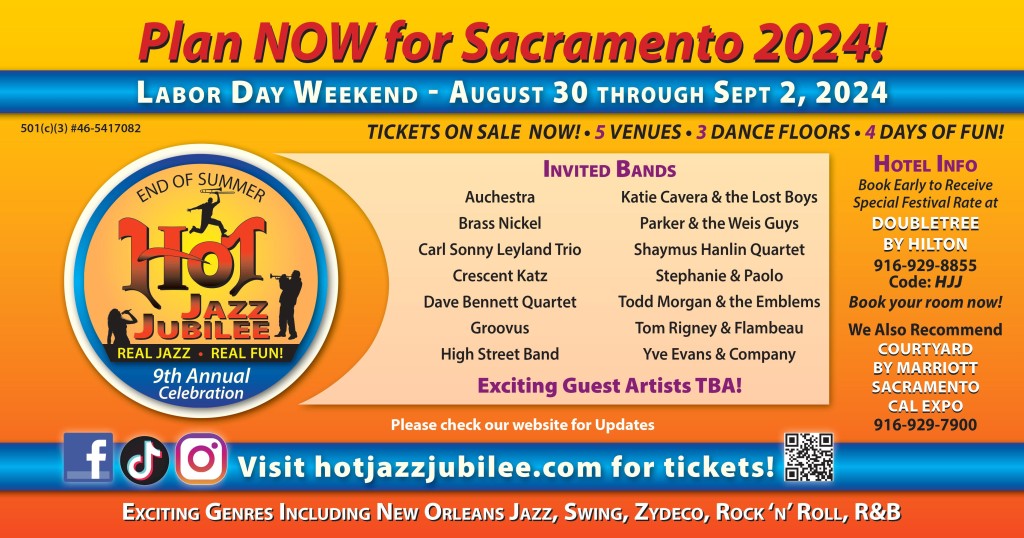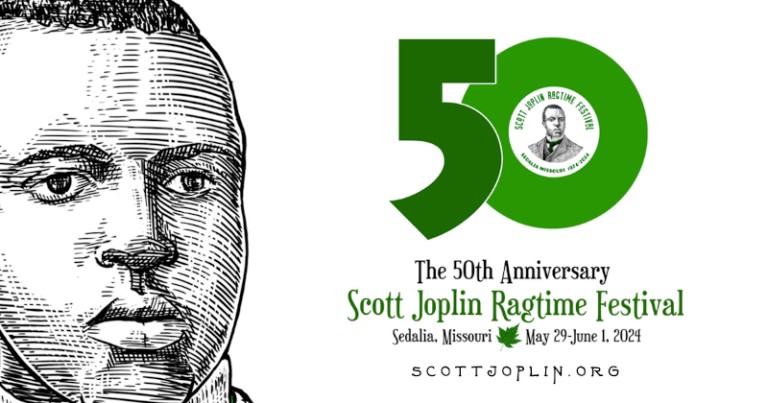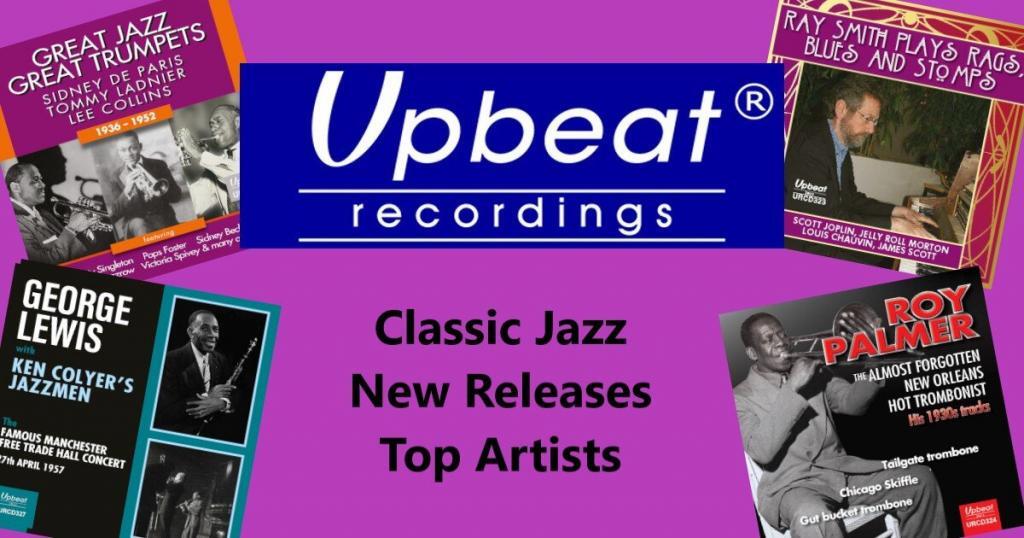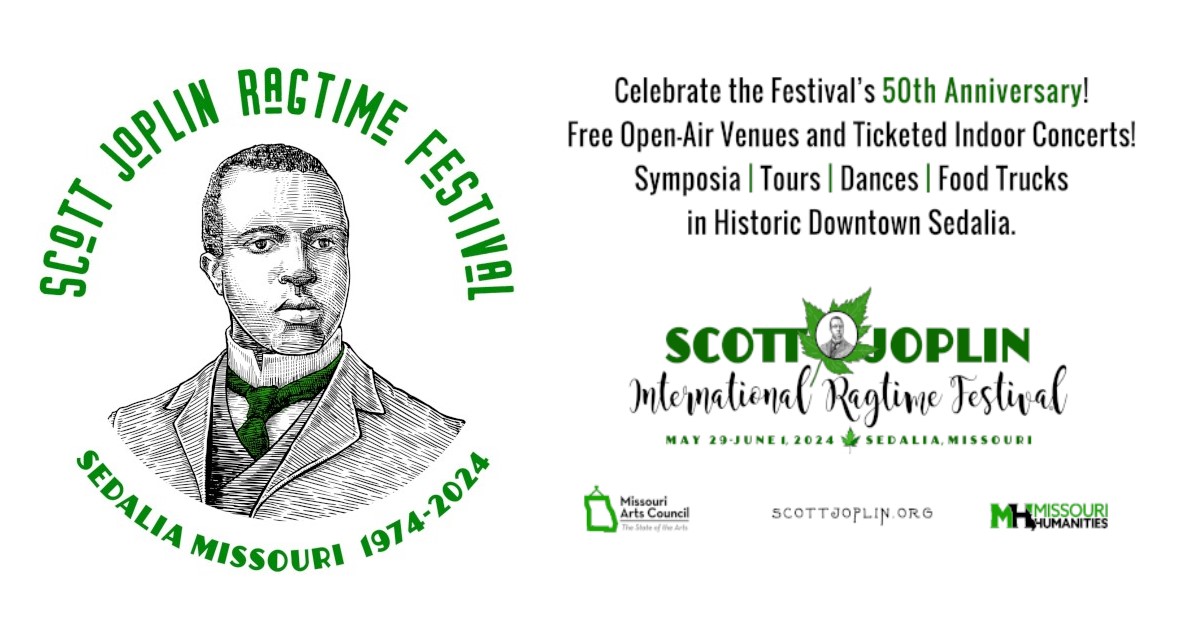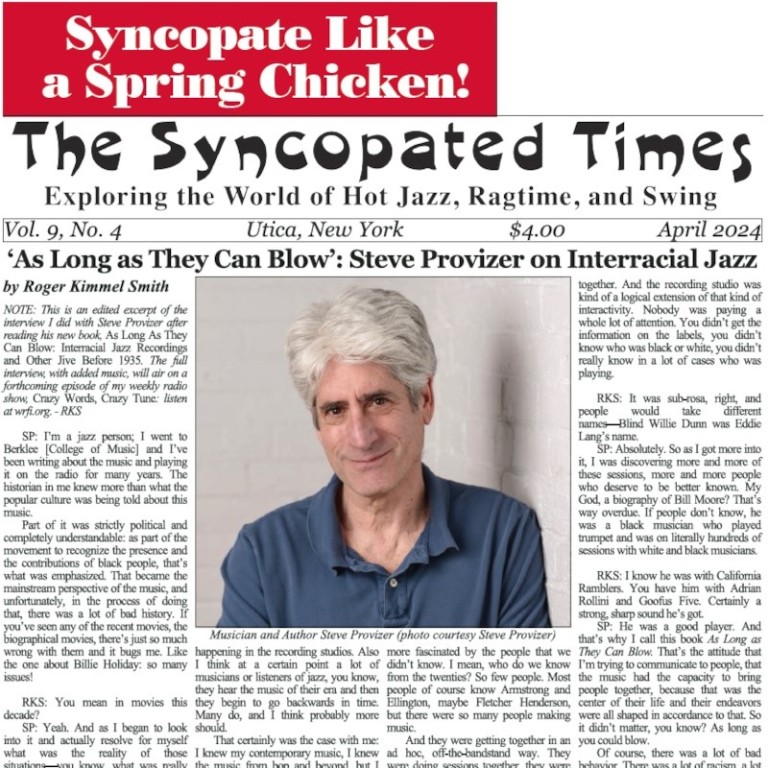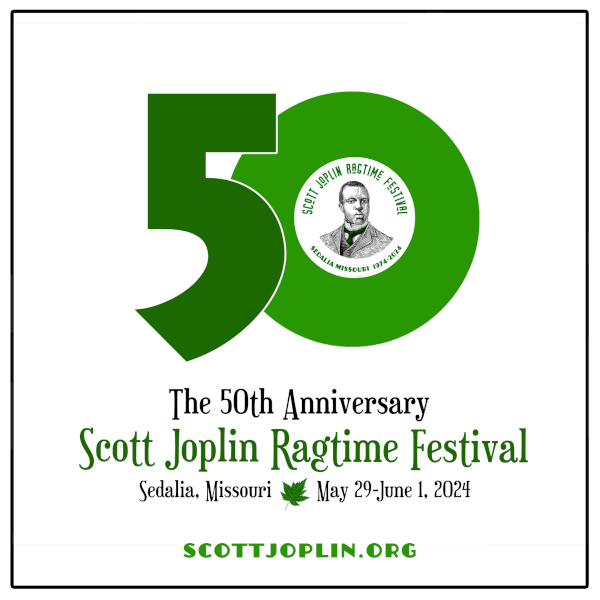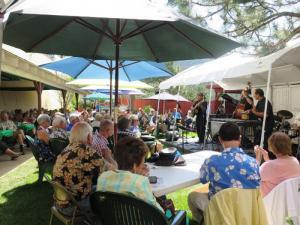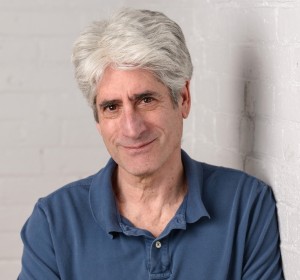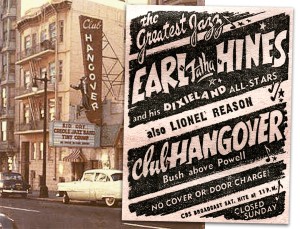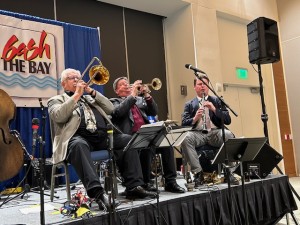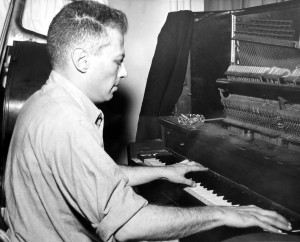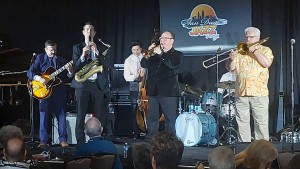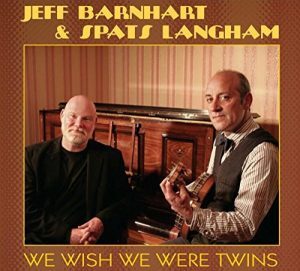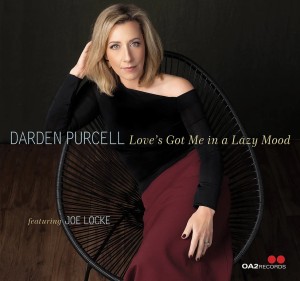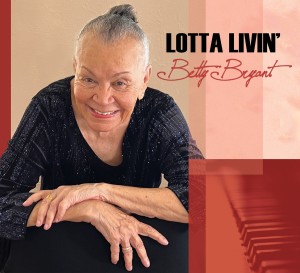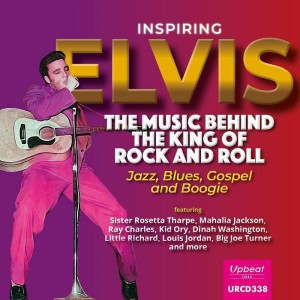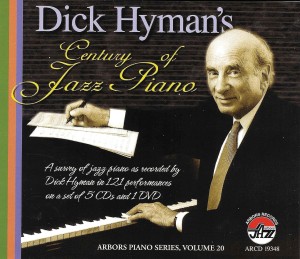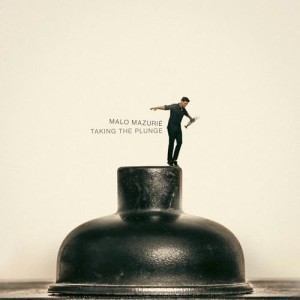He was probably the only bassist during the Swing era to lead a successful band. John Kirby was not a major soloist on the level of Jimmie Blanton but he had a concept. He envisioned a cool-toned three-horn sextet that could perform complex arrangements with ease, often paying tribute to classical music while being quite capable of playing uptempo blues and swing standards, but in their own way. His dream came true, at least for a few years.
Early On
John Kirby (originally named John Kirk) was born December 31, 1908, in Baltimore, Maryland. His mother gave him up for adoption as an infant and he was raised in Winchester, Virginia (where a jazz and blues festival is held in his name) by a reverend and his wife. He took up the trombone in 1917, taking lessons for several years and becoming classically trained. In 1927 he met trombonist Jimmy Harrison who persuaded Kirby to switch to the tuba.
Moving to New York Kirby became the tuba player with Bill Brown and his Brownies, making his recording debut on two titles (“Zonky” and “What Kind Of Rhythm Is This”) in 1929. In 1930 he entered the big time, joining Fletcher Henderson on tuba. Since the string bass was rapidly replacing the tuba, Kirby took bass lessons from two of the very best of the time: Pops Foster and Wellman Braud. By 1932, he was strictly a bassist.
Kirby made numerous recordings with Fletcher Henderson during 1930-33. He drove the ensembles as the band looks towards the swing era on such recordings as “Honeysuckle Rose,” “The New King Porter Stomp,” and “Yeah Man.” Kirby also recorded with a small group co-led by Henry “Red” Allen and Coleman Hawkins and on a session led by Horace Henderson.
The Swing Era
In early 1934, the bassist left Henderson to join the Chick Webb Orchestra for a year, just in time to be part of some of Webb’s finest recordings. But Kirby was becoming too much in demand to stick with one group for long. In addition to Henderson and Webb, in 1934 Kirby recorded with Red Allen, Mezz Mezzrow, Wingy Manone, and Ethel Waters. In 1935 he made records with Webb, Taft Jordan (a small group from the Webb band), Red Allen, Reginald Foresythe (whose unusual music would have an influence), Putney Dandridge, and the Teddy Wilson-Billie Holiday sessions (including the very first one). Kirby joined the new Fletcher Henderson Orchestra in 1936 and was briefly a member of the Mills Blue Rhythm Band, continuing his recording with Wilson and Lady Day in addition to Lionel Hampton. But his period as a sideman was drawing to an end.
John Kirby was hired to lead a band at the Onyx Club on 52nd Street in 1937, an engagement that lasted for 11 months and led to his group being billed as the Onyx Club Boys. The 28-year old bassist finally had a chance to form the type of band that he had dreamt about. The beginning can be heard on a July 13, 1937, session led by trumpeter Frankie Newton that included five horns including altoist Pete Brown, and a four-piece rhythm section with Kirby and drummer O’Neil Spencer. The following day for a date led by pianist Willie “The Lion” Smith, the group was a septet with Newton, Brown, Kirby and Spencer joined by clarinetist Buster Bailey, guitarist Jimmy McLin, and Smith. For an August 6 session led by singer Maxine Sullivan, Newton, Bailey, Brown, Kirby, and Spencer were again present along with tenor-saxophonist Babe Russin and pianist Claude Thornhill. On Sullivan’s recording debut, the session was highlighted by her famous version of “Loch Lomond” which became a big hit. Other sessions featuring the Newton-Bailey-Brown frontline with Kirby and Spencer include dates led by Buster Bailey, Jerry Kruger, and Midge Williams; the latter had pianist Billy Kyle for the first time.
Frankie Newton and Pete Brown became bored by the tightness of the arrangements and Kirby’s directions. Newton departed in October, replaced by the 20-year old Charlie Shavers while Pete Brown left a few months later, with Russell Procope taking his place. Red Norvo’s session of September 29, 1938, had the full John Kirby Sextet augmented by Norvo’s xylophone and singer Mildred Bailey. By the time that the Onyx Club engagement was over, the John Kirby Sextet was ready to make history.
The John Kirby Sextet
It was a fascinating combination of personalities. Trumpeter Charlie Shavers (1917-71) had worked with Tiny Bradshaw and Lucky Millinder before joining Kirby. His technique was superb from the start, he had his own witty sound, and he gave the impression that he could play the most complicated lines with a smile on his face. Clarinetist Buster Bailey (1902-67), a veteran of the bands of King Oliver and Fletcher Henderson was, like Shavers, an extroverted virtuoso who made the impossible sound effortless. Altoist Russell Procope (1908-81) had worked with Jelly Roll Morton, Chick Webb (before Kirby joined), Fletcher Henderson, Tiny Bradshaw, and Teddy Hill. Pianist Billy Kyle (1914-66) and drummer O’Neil Spencer (1909-44) had both been discovered by Kirby when they were all with the Mills Blue Rhythm Band.
John Kirby loved the blend of muted trumpet, clarinet (often in its lower register) and alto. It was his musical genius that led to him hiring Shavers and Bailey, a pair of potentially explosive players, and having them play in a setting that was emotionally restrained, giving the group the feeling of just-beneath-the-surface excitement. At the same time, the rhythm section had a light feel with Kyle’s single-note lines sometimes ringing over the ensembles while Kirby and a quietly supportive Spencer kept time.
While the sound of the John Kirby Sextet was unique, it was also a bit inspired by Reginald Foresythe’s eccentric arrangements and compositions of the early 1930s, and the picturesque work of the Raymond Scott Sextette which debuted in early 1937. All three groups had their fair share of unusual song titles with Kirby’s repertoire including “Rehearsin’ For A Nervous Breakdown,” “Dawn On The Desert,” “Fantasy Impromptu,” “Zooming At The Zombie,” and “Bugler’s Dilemma.” However Kirby’s sextet was easily the strongest and hardest-swinging of these groups, also performing standards, blues, boogie-woogie, and adaptations of classical themes.
The John Kirby Sextet which often featured Maxine Sullivan (the bassist’s wife during 1938-41) was at its prime from 1938-42. Billed as “The Biggest Little Band In The Land,” they recorded 61 selections from October 28, 1938 – February 13, 1942, a diverse repertoire including the debut version of Shavers’ “Undecided,” “Minute Waltz,” “Royal Garden Blues,” “Nocturne,” “Humoresque,” “Jumpin’ In The Pump Room,” “Beethoven Riffs On,” “Night Whispers,” and “St. Louis Blues” (which had Bailey showing off his early mastery of circular breathing). They also made many radio transcriptions and appeared on record dates led by Buster Bailey, Mildred Bailey, Nat Gonella, Una Mae Carlisle, and Maxine Sullivan. The sextet performed regularly and was one of the most popular small groups during an era dominated by big bands. John Kirby was living his dream.
Speed Bumps
But with World War II, the constant evolution of jazz, and bad luck, the dream was short-lived. The first crack occurred when O’Neil Spencer was stricken with tuberculosis in 1941, passing away in 1944. Specs Powell filled in for Spencer during part of 1941-42 and then, after Spencer had a brief return, Bill Beason became his permanent replacement. The musicians union’s recording strike kept Kirby off records for much of two years. By the time the sextet made radio transcriptions in November 1943, Russell Procope and Billy Kyle had been drafted and were replaced by altoist George Johnson (a strong if obscure soloist) and pianist Clyde Hart. The band’s sound was still intact, even on sessions where they interacted with harmonica great Larry Adler. But in 1944 Shavers departed to join Raymond Scott’s CBS Orchestra. His replacement for a few weeks was Dizzy Gillespie who, on a fascinating radio broadcast, segues quickly from playing muted ensembles a la Shavers to outright bebop on “Close Shave” and “Taking A Chance On Love.” His successor Hot Lips Page was only slightly more compatible. By then, tenor-saxophonist Ben Webster had made the group temporarily into a septet. Only Kirby and Buster Bailey remained from the classic sextet.
John Kirby kept on trying to bring the magic of his original group. In 1945 his septet had trumpeter Emmett Berry, tenor-saxophonist Budd Johnson, and pianist Ram Ramirez in addition to Bailey, Beason, and George Johnson. The music was fine but bebop was taking over from swing and Kirby only had a small audience for his type of cool jazz. His final sessions as a leader took place the following year. Kyle and Procope had returned to join Kirby, Bailey and Beason. Only Shavers was missing, replaced by Clarence Brereton or George Taitt on trumpet, but Procope and Kyle left by the summer, succeeded by Hilton Jefferson and Hank Jones. While four songs feature Sarah Vaughan and the John Kirby style still sounded timeless, the music world took little notice. Kirby’s time had passed.
There was one more attempt at a comeback. On December 20, 1950, the John Kirby Sextet had a reunion concert at Carnegie Hall with all of the original members except for having Sid Catlett on drums. While the musical magic was captured one last time, there were empty seats and the event was considered a disappointment. By then, the bassist was not thinking realistically about winning back his former sidemen. Charlie Shavers was a big name and a key soloist with the Tommy Dorsey Orchestra. Russell Procope had joined Duke Ellington four years earlier and had 24 more years to go with his musical identity reinvented as a New Orleans-style clarinetist. Buster Bailey was a member of Red Allen’s group while Billy Kyle was a studio musician who would join the Louis Armstrong All-Stars in 1953. Kirby would never be able to get these musicians back for more than a special occasion.
John Kirby, who spent his last two years working with Red Allen, Buck Clayton, and Benny Carter, made his final recording with Ben Webster. He never recovered from the Carnegie Hall disaster. Ill from diabetes and drinking heavily, he was planning yet another comeback when he passed away on June 14, 1952, when he was just 43.
The Music
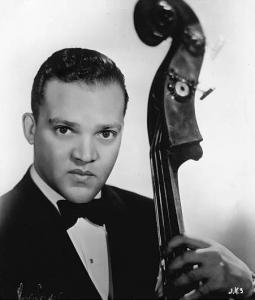
While the music of the John Kirby Sextet has had occasional short-time revivals during the past 65 years (including on a fascinating record by clarinetist Don Byron called Bug Music), its place in jazz history has been largely overlooked. Along with the sound of Lester Young’s tenor, one can think of Kirby’s group as being the “birth of the cool,” predating not only Miles Davis but the Claude Thornhill Orchestra. It was arguably the first cool jazz group and an indirect influence on West Coast cool jazz of the 1950s. The Modern Jazz Quartet emerged in the early 1950s to offer a cooler take on jazz that included, like Kirby’s sextet, classical melodies, blues, and swinging pieces although its instrumentation (vibraphone-piano-bass-drums) was much different than Kirby’s. The tightly arranged music of the 1950s, while more modern harmonically, utilized some of the same cooler tones that Kirby employed along with the quiet rhythm section although the connection between the Gerry Mulligan-Chet Baker Quartet and the John Kirby Sextet has rarely been made.
Fortunately, one can fully experience John Kirby’s musical legacy. Virtually all of his recordings have been reissued on CD although some will take a search. The Classics series on four CDs reissued all of the John Kirby Sextet’s studio recordings (on discs titled 1938-1939, 1939-1941, 1941-1943, and 1945-1946) while his radio transcriptions were last made available by Jazz Unlimited on three CDs (Vols. 1-3) and Circle’s 1941-1942. And the original group (with Charlie Holmes and Sid Catlett in place of Procope and Spencer) can be seen in the 1947 film Sepia Cinderella performing “Broadjump” and “Can’t Find A Word To Say,” showing why they were a band well worth remembering.
